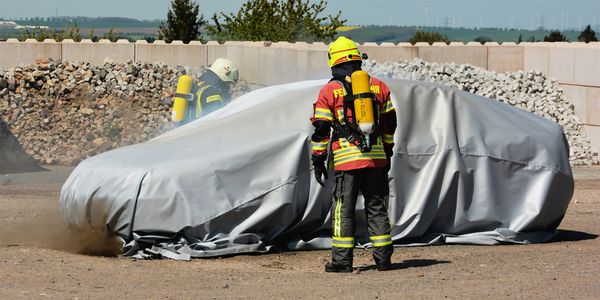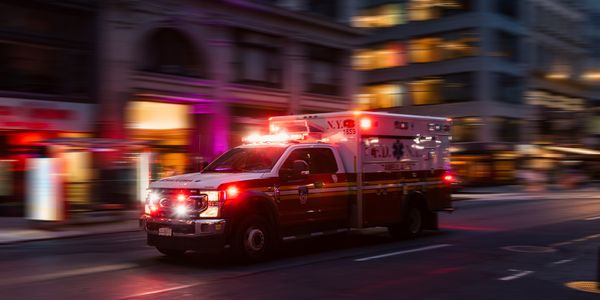Fire and EMS
Be prepared.
Be informed.
Be safe.
Fatalities reported in 2025

Help your community prevent outdoor fires and fire-related injuries this summer!
Share these safety tips to keep residents fire safe while enjoying outside activities.

- Place your grill well away from siding, deck railings, eaves and overhanging branches.
- Keep a 3-foot safe zone around your grill. This will keep kids and pets safe.

- Build campfires at least 25 feet away from tents, shrubs and anything that can burn.
- Use chimneys, outdoor fireplaces and fire pits outdoors, at least 10 feet away from your home or anything that can burn.
- Turn off or put out fires before you leave the backyard.
Community Risk Reduction
Keep your Fourth of July fire safe!
Did you know sparklers can reach temperatures over 2,000 degrees — hot enough to melt some metals?
The best way to stay safe from fireworks is to not use them. Instead, attend a public fireworks display put on by professionals.
Find outreach materials for firework safety, burn prevention and treatment.
National Fire Data Center
Final Date for NFIRS: Jan. 31, 2026
days remaining
NFIRS will sunset in February 2026 and will no longer be available. Learn about key points and dates in the NFIRS sunset and transition to NERIS for fire-based, all-hazards incident reporting and analytics.
Research
Guide to funding alternatives
Updated November 2023
This comprehensive resource tackles the challenges faced by EMS agencies and fire departments, providing vital information on funding sources, grants and alternative revenue options.
Fire/EMS Training
Invest in yourself
The National Fire Academy has the courses to help you meet your professional development goals and reduce all-hazards risks in your community. The courses you take through the NFA can be considered for college credit.
Apply between June 15 — July 15 for on-campus courses scheduled from October through May 2026.
Search
Tasks
Let the U.S. Fire Administration help you with your mission to keep your community safe from fires and other emergencies.
New content for fire and EMS
Urgent Safety Advisory on Hazards Involving Fire Blankets for Electric Vehicle Fire Suppression
Read the research conducted on the risks of fire blanket use on EV fire suppression efforts.
Read the articleHow deadfall from windstorms can affect wildfire behavior
Read the recommendations for emergency responders and land managers to prevent wildfires after windstorms.
Read the articlePhase 3 report on Lahaina fire released
Read the latest report that details priorities and recommendations that can begin to be implemented to prevent tragedies in the future.
Read the articleRethinking emergency medical services staffing and delivery
Read the recommendations based on patient outcome data from peer-reviewed studies on the impact of response times and EMS staffing levels.
Read the articleElectric vehicle charging stations: Enhancing safety for responders and the public
Read about how DHS is helping change the code and increase safety for first responders.
Read the articleThe Camino Incident
Learn about the challenges and considerations for fire departments responding to an incident at an energy storage facility.
Listen to the podcast





